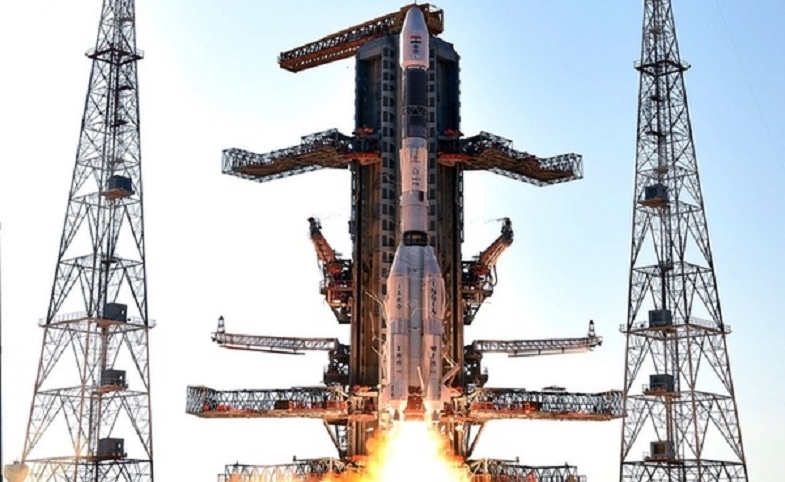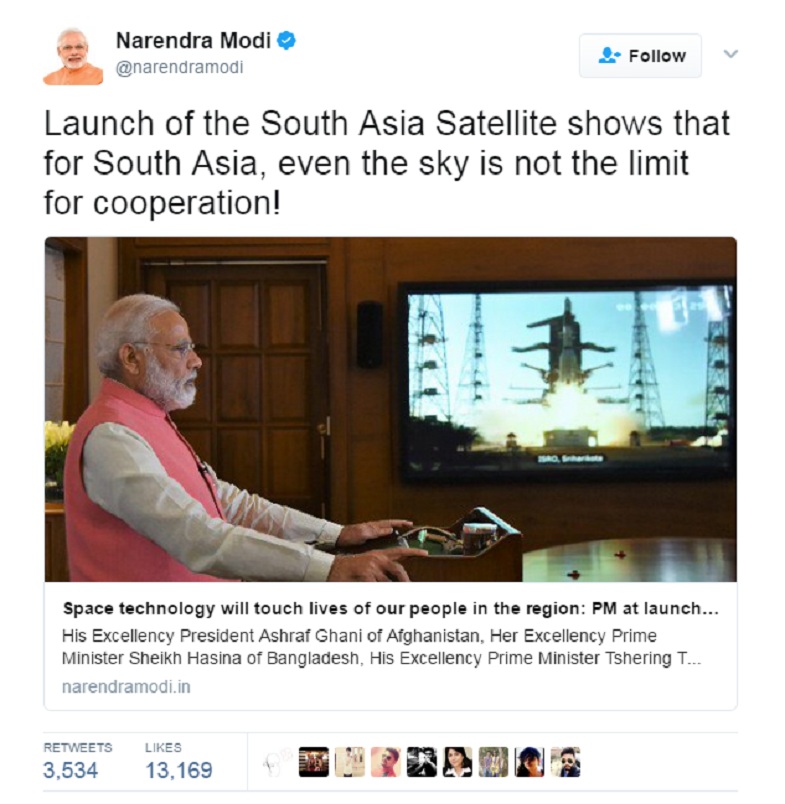Another ranking and another dismal show! The latest is from the organization "Reporters Without Borders (RSF)" which published it's annual Press Freedom Index for 2018.
The World Press Freedom Index 2018 ranked India at a lowly 138 out of 180 countries surveyed! This was reported widely in India's mainstream media and other publications in Asia. The fact that the largest democracy in the world cannot ensure a free media comes as a shocker to all - a development that also questions the very basis of Indian democracy. It is important to recognize the fact that India ranked 136 in 2017, which was not great in itself and signifies that press freedom has never been easy in India even though the Constitution guarantees it. In 2002, when the report was first released, India ranked 80th, indicating that it has gone from bad to worse in the last decade for independent media in the world's largest democracy (?).
In it's report, Reporters Without Borders stated,
The report also took into account the recent murder of journalist Gauri Lankesh and cited India's Information and Broadcasting (I&B) Ministry as the most active censoring agency of 2018.
While this was reported extensively in the Indian press we hope a larger debate takes place that looks into the reasons for the progressively deteriorating press freedom situation in India. With reports such as these out there in the public domain, how do you build a credible counter narrative? Is counter narrative a better idea than introspection on the part of the India state given it's commitment to democracy.
The Index is an annual ranking of countries compiled by Reporters Without Borders which is based upon the organization's own assessment of the countries' records when it comes to freedom of the press. Reporters Without Borders is an international non-profit that promotes and defends freedom of the press worldwide. The organization has consultant status at the United Nations and is headquartered out of Paris.
The World Press Freedom Index 2018 ranked India at a lowly 138 out of 180 countries surveyed! This was reported widely in India's mainstream media and other publications in Asia. The fact that the largest democracy in the world cannot ensure a free media comes as a shocker to all - a development that also questions the very basis of Indian democracy. It is important to recognize the fact that India ranked 136 in 2017, which was not great in itself and signifies that press freedom has never been easy in India even though the Constitution guarantees it. In 2002, when the report was first released, India ranked 80th, indicating that it has gone from bad to worse in the last decade for independent media in the world's largest democracy (?).

|
| (Press Freedom Index in Asia. Image courtesy: RSF) |
"with Hindu nationalists trying to purge all manifestations of 'anti-national' thought from the national debate, self-censorship is growing in the mainstream media and journalists are increasingly the targets of online smear campaigns by the most radical nationalists, who vilify them and even threaten physical reprisals."
The report also took into account the recent murder of journalist Gauri Lankesh and cited India's Information and Broadcasting (I&B) Ministry as the most active censoring agency of 2018.
While this was reported extensively in the Indian press we hope a larger debate takes place that looks into the reasons for the progressively deteriorating press freedom situation in India. With reports such as these out there in the public domain, how do you build a credible counter narrative? Is counter narrative a better idea than introspection on the part of the India state given it's commitment to democracy.
These are the moments that really calls for character in a public diplomacy program where it becomes a two way process of influencing domestic politics as well.
The Index is an annual ranking of countries compiled by Reporters Without Borders which is based upon the organization's own assessment of the countries' records when it comes to freedom of the press. Reporters Without Borders is an international non-profit that promotes and defends freedom of the press worldwide. The organization has consultant status at the United Nations and is headquartered out of Paris.







